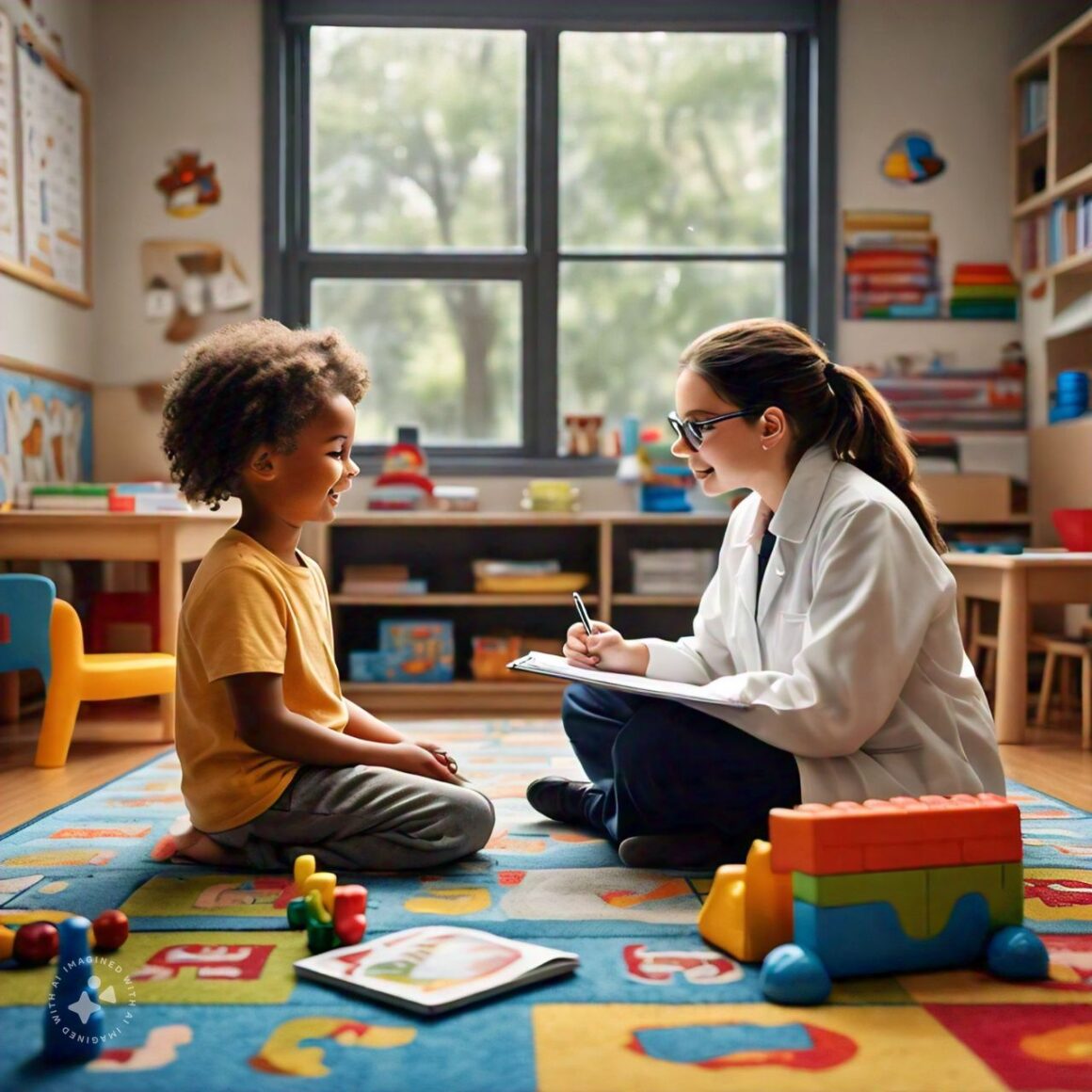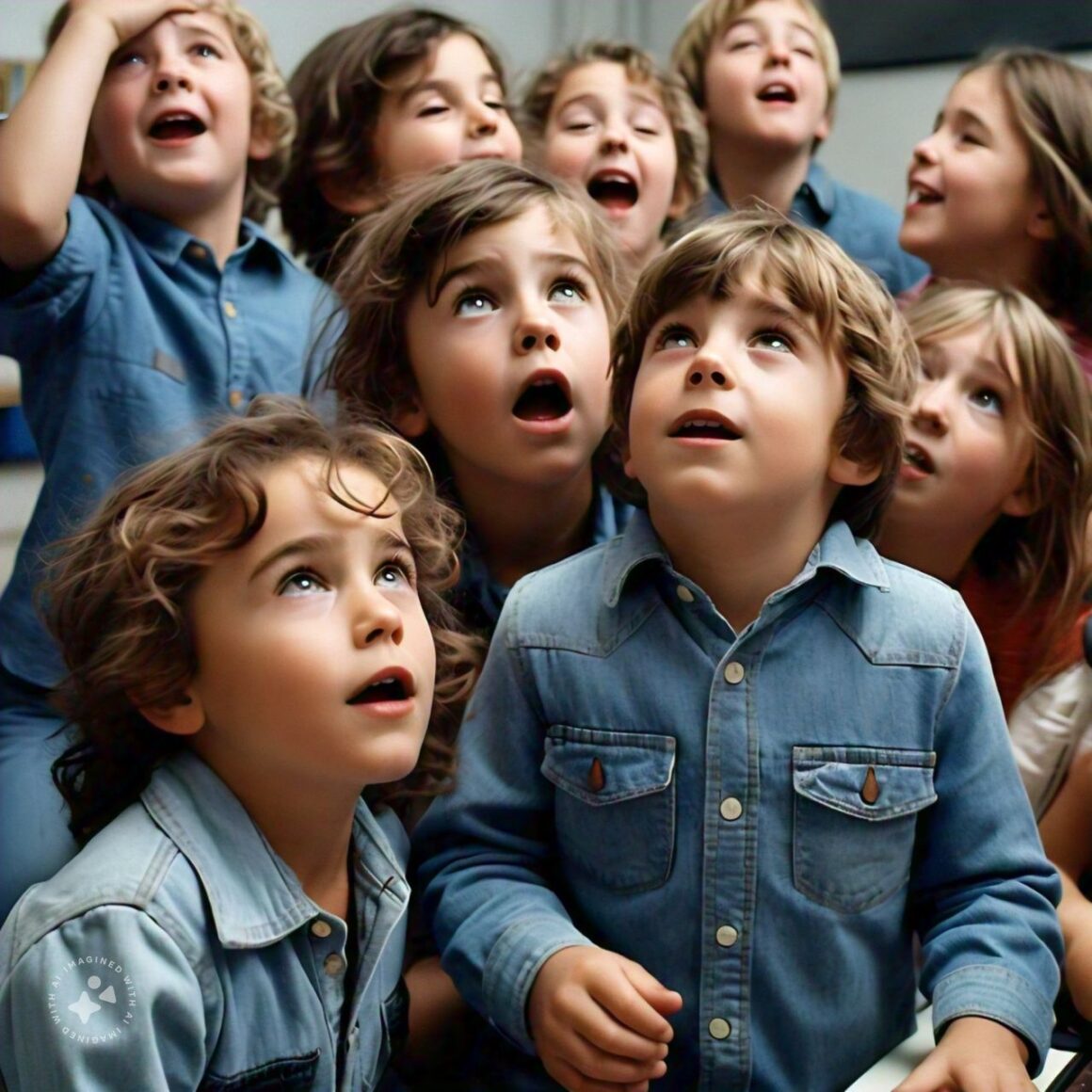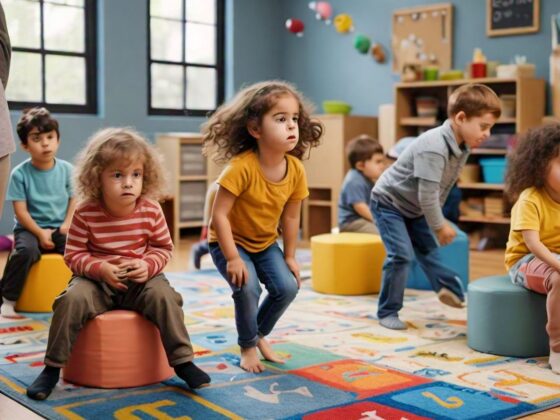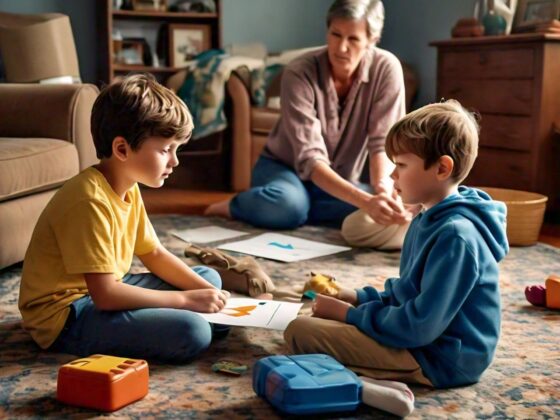Introduction to What is Child Psychology?
Effectively meeting children’s emotional and developmental needs requires understanding child psychology. In a world overflowing with charming visuals, photos have a significant appeal. Those photos typify the crude feelings of children’s lives. Seeing life from the perspective of guiltlessness, photography rises above simple depictions. These offer a brief look into the many-sided embroidery of kids’ feelings and encounters.
Getting a handle on the complexities of kids’ close-to-home development is significant for guardians, teachers, and parental figures the same. Understanding how children think, feel, and act at various developmental stages is possible through the study of child psychology. It shapes their associations with the world and lays the preparation for their social and mental turn of events. Inside these pages, we set out on an excursion through the charming domain of life. As a child’s feelings as caught in photography. We dive into the domains of happiness, marvel, trouble, and interest that characterize this valuable period of life.

Each picture we experience portrays its own story, from the irresistible giggling of recess to the tranquil reflection of lone minutes. However, our investigation goes past the simple esteem of these visual fortunes. Child psychologists’ theories are frequently applied by therapists to assist kids in managing their emotions and behaviors. We dive into the significant meaning of reporting children’s feelings from the perspective. These photos protect valued recollections as well as act as important instruments for grasping and sympathizing with the profound scenes of youngsters.
Childhood Emotions from a Child Psychology Perspective:
Childhood feelings incorporate an immense range of sentiments that arise as youngsters explore through life’s encounters, both charming and testing. From the earliest progressive phases, youngsters show a rich collection of feelings, including joy, bitterness, dread, outrage, shock, and love. Current research in child psychology emphasizes how early experiences shape mental health in the long run. These profound encounters act as fundamental components in the development of children’s ability to understand anyone on a deeper level, mindfulness, and social skills.
Feelings in children act as something beyond transient responses to outside upgrades; they go about as crucial signs of interior states, needs, and wants—feelings capability as intense aides that shape children’s considerations, ways of behaving, and dynamic cycles. For example, sensations of bliss might impel kids towards looking for positive connections and shaping significant connections, while vibes of dread might provoke them to avoid expected risks or dangers. Through the development of close-to-home acknowledgment, understanding, and guidelines, children foster imperative survival strategies and versatility strategies to explore the intricacies of life.
The Influence of Emotions on Perceptions and Behaviors:
Feelings have a huge impact on molding kids’ impression of themselves, others, and their general surroundings. Understanding child psychology can help educators design welcoming and productive learning environments. Good feelings, like joy and happiness, encourage a feeling of hopefulness, confidence, and trust, though gloomy feelings, similar to bitterness and outrage, can induce sensations of instability, dissatisfaction, and uncertainty.
Common Emotions and Natural Expressions:
Among the heap feelings experienced by youngsters, happiness remains a predominant opinion. Satisfaction frequently appears through chuckling, radiating grins, and overflowing showcases of excitement. Whether participating in play, finding something novel, or getting certification and support, children emanate joy, their chuckling turning into an irresistible song that elevates the people around them.
Alternately, children additionally experience snapshots of bitterness and dissatisfaction. Bitterness tracks down articulation through tears, solemn articulations, and removed attitude. Be it the departure of an esteemed belonging, experiencing mishaps, or encountering rejection, youngsters’ faces might be deceived by a feeling of despair, their stance reflecting misery. Guardians genuinely must recognize and approve kids’ sensations of misery, offering comfort and backing during these difficult times.

Dread addresses
Dread addresses one more predominant inclination experienced by kids, frequently set off by apparent dangers, novel circumstances, or division from guardians. Kids’ appearances of dread might incorporate enlarged eyes, shuddering lips, and strained non-verbal communication. Guardians genuinely should give consolation and a conviction that all is good to help youngsters explore their feelings of dread and encourage strength.
Outrage comprises one more of the time experienced in kids, now and again emerging from sensations of dissatisfaction, thwarted expectation, or shameful acts. Youngsters’ presentations of outrage might highlight gripped clenched hands, wrinkled temples, and increased vocal tones. Guardians assume an essential part in helping youngsters distinguish and communicate their resentment in valuable ways, granting positive survival strategies and compromise abilities.
Past these essential feelings, kids likewise experience a range of nuanced sentiments, like shock, nausea, and fervor. The study of child psychology looks into how family dynamics affect a child’s general growth and well-being. Every inclination delivers its particular exhibit of articulations, signals, and vocalizations, offering priceless experiences into youngsters’ inward universes and close-to-home scenes.
The Role of Photography in Reflecting Childhood Emotions in Child Psychology:
Photography, being a visual medium, has a particular ability to epitomize and deify feelings inside a solitary edge. Dissimilar to verbal or composed language, which may some of the time battle to convey the complexities of human feelings, photos can evoke significant responses and mix the profundities of the spirit. A very much-created photo can impart volumes, describing stories of satisfaction, distress, love, and longing with a simple look.
Through the demonstration of freezing minutes in time, photography offers a brief look into the past, empowering us to return to cherished recollections and revive the charm of experience growing up.
Inside the domain of experience growing up, photography expects an especially piercing job in saving recollections and chronicling the excursion of development and advancement. From the earliest grins to the provisional initial steps, from the virtue of outset to the curiosity of pre-adulthood, photos stand as unmistakable demonstrations of the short-lived pith of experience growing up and the meaning of each passing second.
Exploring Key Themes in Child Photography:
Youngster photography comprises a different and diverse sort that digs into the bunch feelings, experiences, and articulations of young life. Allow us now to dig into a portion of the focal subjects regularly portrayed in youngster photography, looking at the visual parts and procedures utilized to bring out feelings in kid representations.
Elation: Among the pervasive themes in youngster photography lies euphoria. Whether catching the irresistible joy of kids at play, the brilliant grins of disclosure, or the sheer euphoria of experiencing something novel, photos overflowing with delight inspire feelings of warmth, satisfaction, and blamelessness, filling in as tokens of the basic delights of young life.
Gloom:
Regardless of the overflow of joy in youth, snapshots of sadness and frustration likewise surface. Photos depicting articulations of distress, tears, and despair act as impactful tokens of youngsters’ weakness and versatility. These pictures evoke sympathy and empathy from watchers, provoking consideration of the common encounters of misfortune and setbacks.
Youth represents a time of investigation, disclosure, and unbounded interest. Photos catching the interest, wonder, and wonderment of youngsters as they draw in with their environmental factors lure watchers to see the world through new viewpoints. From the wide-looked-at wonderment of a youngster finding nature’s wonders to the engaged power of a kid fascinated by play, such pictures praise the embodiment of interest and a creative mind.
Amazement: Going with interest is a feeling of wonder and awe at the magnificence and charm of the universe. Additionally, photos capturing examples of wonder—whether it be the mesmerizing beauty of a rainbow, the breathtaking display of a sunset, or the awe of a child’s first encounter with snow—evoke feelings of love and admiration for the marvels of nature and the joy of exploration.
Child Psychology & Photography Reading Tips :
Grasp Formative Achievements: Find out more about ordinary close-to-home articulations and formative stages in kids. Perceive that feelings might show distinctively at different ages and settings.
Contextualize Body Language:
Focus on nonverbal signs, for example, looks, body stance, and motions to precisely decipher youngsters’ feelings. Contextualize these signs inside the setting and movement portrayed in the photo.
Consider Cultural Influences:
Recognize social contrasts in profound articulation and translation. Be aware of social standards and values that might impact how feelings are conveyed and seen in photography.
Look Beyond the Obvious:
Moreover, don’t depend entirely on clear articulations of feeling; dive further into inconspicuous signals and subtleties inside the photo. Think about the exchange between feelings, relational elements, and ecological variables.
Facial Expression:
Study the scope of looks caught in the photo, including miniature articulations that might uncover basic feelings. Search for indications of authentic feeling versus constrained or presented articulations.
Decipher Emotional Context:
Break down the setting encompassing the youngster in the photo to figure out the triggers and ramifications of their feelings. Consider factors like cooperation with others, natural improvements, and the youngster’s interior state.
Decipher Emotional Context:
Come at the situation from the youngster’s perspective and sympathize with their close-to-home insight. Consider how you would feel and act experiencing the same thing, cultivating sympathy and understanding.
Recognize Multifaceted Emotions:
Recognize that kids might encounter intricate or clashing feelings all the while. Search for layers of feeling inside the photo and investigate the basic explanations for these feelings.
Seek Diverse Perspectives:
Talk with partners or specialists in youngster brain research and photography to acquire different bits of knowledge and translations—team up with others to extend your comprehension and refine your scientific abilities.
Practice Reflective Observation:
Take part in intelligent perception and constantly figure out how to improve your capacity to peruse feelings in photography. Survey and examine different photos routinely, improving your observational abilities and extending your profound jargon.
By integrating these sound tips into your way of dealing with perusing feelings in photography, you can create a nuanced comprehension of kids’ encounters and points of view caught in visual symbolism.





